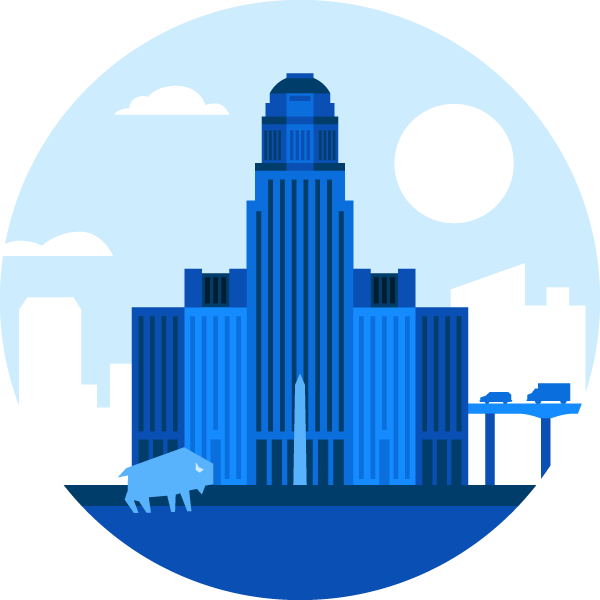NIAGARA COUNTY -- Simulated scenarios of situations border agents could face on the job. The use of force demonstration is just one part of a behind-the-scenes look at border operations.
"We receive extension training not only in our firearm but we carry tasers, we also carry batons and OC spray. We receive training multiple times throughout the year to practice and become proficient in the use of all those weapons," said Chief CBP Officer Kevin Corsaro.
Officers go through a use of force training, to determine how much should be used given the situation.
"There's a lot of factors that go into it it's what the person that you're dealing with is doing, but it's also the officers perception and that perception for every person is different," said Cheif CBP Officer Aaron Bowker.
Officers demonstrated how a K-9 detects narcotics and the details of primary inspection, what they say is the most important job done at the border.
The Ports of Entry in Buffalo are the four busiest border crossings on the northern border. Law enforcement officals say they take a multi-layered enforcement approach for each person that passes through.
"The car, the truck, the bus, the person is all scanned for radiation. The next thing is a license plate reader. The license plate is read before you actually get to the booth and lets the officer know if there's anything on the car that he needs to be concerned with that's associated with that plate," said Bowker.
RFID enabled documents like a NEXUS card or an enhanced drivers license are read through the primary lane, so the officer already knows the driver's information before even facing them. Similar practices are also used on the Canadian side of the border.
Southern Ontario Regional Director General Rick Comerford said,"We work closely with all law enforcement, it's the only way we can reach success in border management."
Securing the border and protecting the country, while facilitating the flow of travel.






